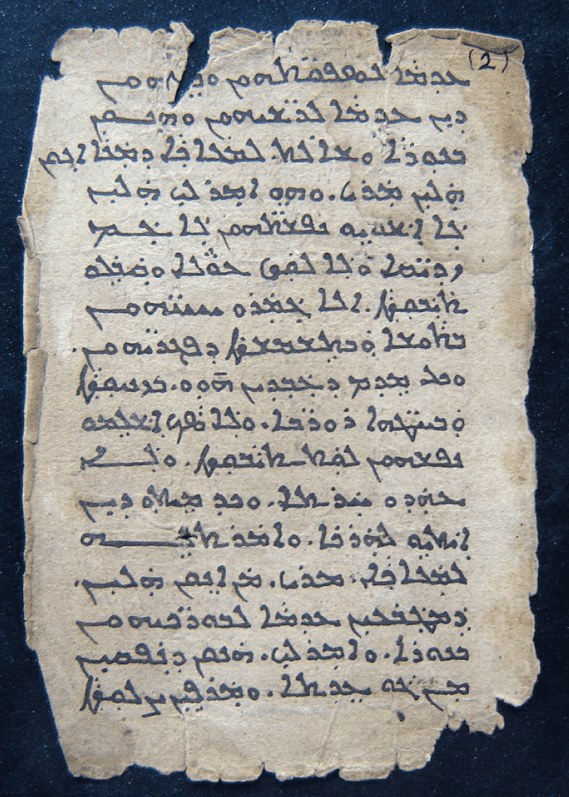 | ||
Similar Apocalypse of Peter, Apocryphon of John, Gospel of Philip, Acts of Peter, Acts of Thomas | ||
The vision of paul the apocalypse of paul the revelation of paul fuller version
The Apocalypse of Paul (Apocalypsis Pauli, more commonly known in the Latin tradition as the Visio Pauli or Visio sancti Pauli) is a third-century text of the New Testament apocrypha. The original version of the Apocalypse is lost and must be reconstructed from later versions and translations, but must originally have been in Greek. The text is not to be confused with the gnostic Coptic Apocalypse of Paul, which is unlikely to be related.
Contents
- The vision of paul the apocalypse of paul the revelation of paul fuller version
- The vision of paul the apocalypse of paul the revelation of paul
- Origins and content
- Versions
- References
The text purports to present a detailed account of a vision of Heaven and Hell experienced by Paul the Apostle; "its chief importance lies in the way it helped to shape the beliefs of ordinary Christians concerning the afterlife".
The vision of paul the apocalypse of paul the revelation of paul
Origins and content
The text appears to be an elaborate expansion and rearrangement of the Apocalypse of Peter, and is essentially a description of a vision of Heaven, and then of Hell – although it also contains a prologue describing all creation appealing to God against the sin of man, which is not present in the Apocalypse of Peter. At the end of the text, Paul/Mary manages to persuade God to give everyone in Hell a day off every Sunday.
The text extends the Apocalypse of Peter by framing the reasons for the visits to heaven and hell as the witnessing of the death and judgement of one wicked man, and one who is righteous. The text is heavily moralistic, and adds, to the Apocalypse of Peter, features such as:
The plan of the text is:
Versions
Greek copies of the texts are rare; those existing containing many omissions. Of the Eastern versions – Syriac, Coptic, Ethiopic, Georgian – the Syriac are considered to be the most reliable. There is an Ethiopic version of the Apocalypse which features the Virgin Mary in the place of Paul the Apostle, as the receiver of the vision, known as the Apocalypse of the Virgin.
The lost Greek original was translated into Latin as the Visio Pauli, and was widely copied, with extensive variation coming into the tradition as the text was adapted to suit different historical and cultural contexts; by the eleventh century, there were perhaps three main independent editions of the text. From these diverse Latin texts, many subsequent vernacular versions were translated, into most European languages, prominently including German and Czech.
The Visio Pauli also influenced a range of other texts again. It is particularly noted for its influence in the Dante's Inferno (ii. 28), when Dante mentions the visit of the "Chosen Vessel" to Hell. The Visio is also considered to have influenced the description of Grendel's home in the Old English poem Beowulf (whether directly or indirectly, possibly via the Old English Blickling Homily XVI).
